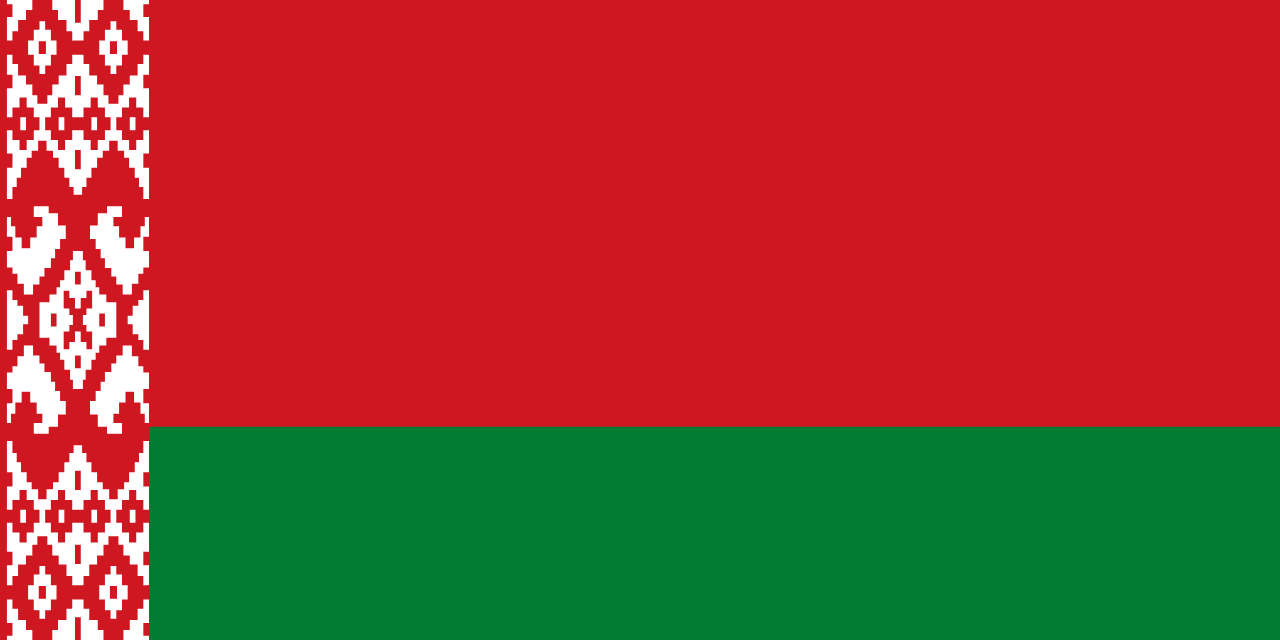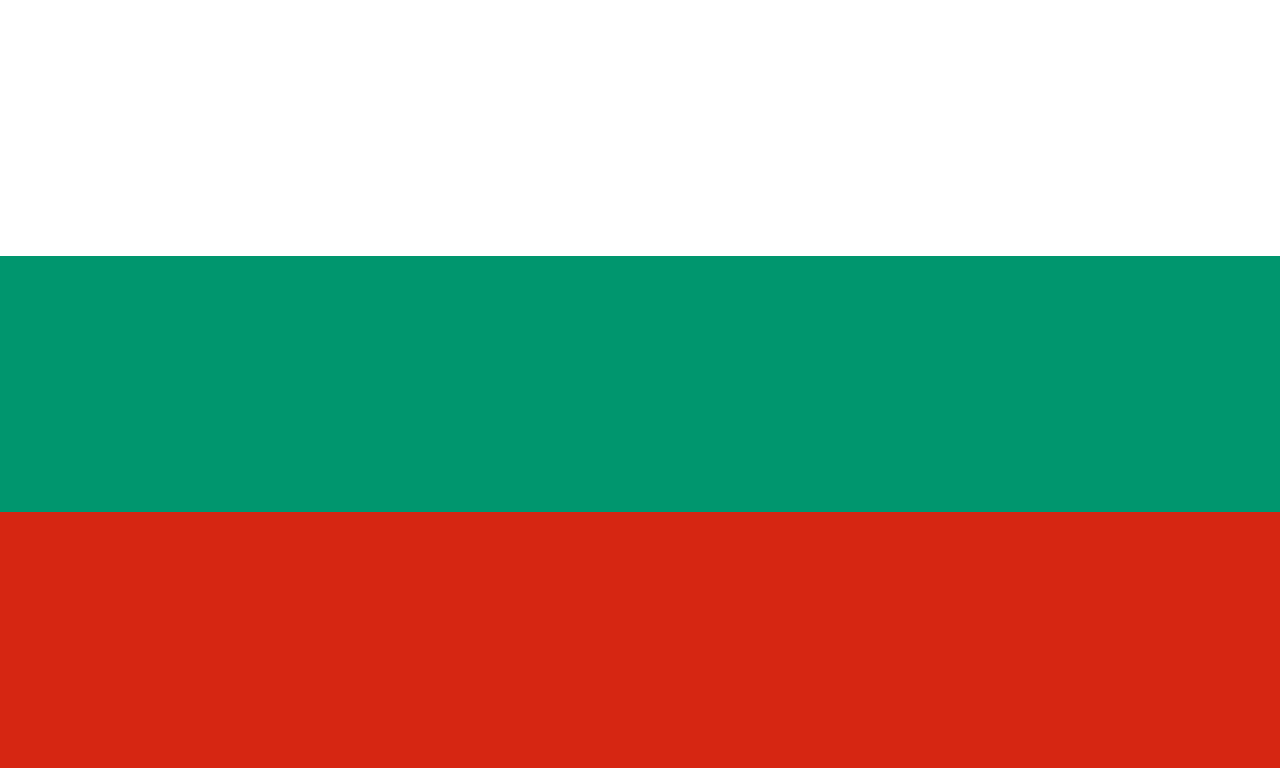Ukraine Flag Meaning
Two horizontal bands of blue over yellow, representing the blue sky over golden wheat fields that symbolize Ukraine as the 'breadbasket of Europe,' with colors that have represented Ukrainian identity for centuries and were officially adopted after independence from the Soviet Union.
- Continent
- Europe
- Adopted
- 1992
- Ratio
- 2:3
- Colors
- blue, yellow
- Designer
- Unknown (ancient origins)

Symbolism
Blue Band: Represents the clear blue skies above Ukraine and the country's rivers and seas, symbolizing peace, tranquility, and the limitless possibilities of the Ukrainian people's future.
Yellow Band: Represents the golden wheat fields and sunflowers that characterize the Ukrainian landscape, symbolizing the fertile soil that makes Ukraine one of the world's major agricultural producers.
Historical Significance: The blue and yellow colors have deep historical roots in Ukrainian heraldry and folk culture, representing the ancient connection between the Ukrainian people and their land.
National Identity: The flag represents Ukrainian independence and sovereignty, serving as a symbol of resistance against foreign domination and the determination to maintain national identity and freedom.
History
- 9th-13th Century: Kyivan Rus, centered in modern-day Kyiv, became one of medieval Europe's most powerful states, establishing Orthodox Christianity and creating the foundation of Ukrainian, Russian, and Belarusian identities.
- 1240-1349: Mongol invasion devastated Kyivan Rus, while western Ukrainian lands fell under the Kingdom of Galicia-Volhynia, maintaining some autonomy before eventual incorporation into Poland and Lithuania.
- 1569-1648: The Polish-Lithuanian Commonwealth ruled most of Ukraine, bringing Catholicism and Polish cultural influence while Ukrainian Cossacks developed their distinctive military and democratic traditions.
- 1648-1654: The Cossack uprising under Bohdan Khmelnytsky created an independent Ukrainian Cossack state, though it eventually sought Russian protection through the Treaty of Pereiaslav.
- 1654-1917: Russian rule gradually eliminated Ukrainian autonomy and implemented policies of cultural Russification, though Ukrainian national consciousness continued to develop among intellectuals and peasants.
- 1917-1922: The Ukrainian People's Republic declared independence after the Russian Revolution, but civil war and foreign intervention led to Soviet incorporation despite brief periods of independence.
- 1922-1991: Soviet Ukraine experienced industrialization, the devastating Holodomor famine (1932-33) that killed millions, World War II destruction, and gradual cultural revival in later decades.
- August 24, 1991: Ukraine declared independence from the USSR, confirmed by a referendum where over 90% voted for independence, beginning the transition to democracy and market economy.
- January 28, 1992: The current flag was officially adopted, replacing Soviet symbols and restoring the traditional blue and yellow colors that had been used by Ukrainian independence movements.
- 2004-2005: The Orange Revolution brought Viktor Yushchenko to power after massive protests against electoral fraud, demonstrating Ukrainian commitment to democracy and European integration.
- 2013-2014: The Euromaidan protests led to the Revolution of Dignity, ending Viktor Yanukovych's presidency, but Russia responded by annexing Crimea and supporting separatists in eastern Ukraine.
- 2014-2022: The conflict in Donbas killed over 14,000 people while Ukraine pursued closer ties with the EU and NATO, implementing democratic and economic reforms despite ongoing Russian pressure.
- February 24, 2022-Present: Russia launched a full-scale invasion of Ukraine, leading to massive destruction and displacement but also unprecedented international support and Ukrainian resistance that has inspired the world.
Trivia
- Ukraine is the largest country entirely within Europe by land area, larger than France, and has been called the 'breadbasket of Europe' for its agricultural productivity.
- The flag represents a country that has experienced some of the 20th century's greatest tragedies, including the Holodomor (man-made famine) of 1932-33 that killed 3-5 million Ukrainians.
- Ukraine is the birthplace of the world's heaviest aircraft (Antonov An-225) and has a strong aerospace and technology industry, including significant contributions to Soviet space programs.
- The country has 7 UNESCO World Heritage sites, including the historic center of Lviv and Saint Sophia's Cathedral in Kyiv, showcasing its rich architectural and cultural heritage.
- Ukrainian is the official language, written in Cyrillic script, though Russian is also widely spoken, particularly in eastern regions, creating complex linguistic and identity dynamics.
- The flag flies over a country that is home to Europe's largest nuclear power plant (Zaporizhzhia) and was the site of the 1986 Chernobyl nuclear disaster, the worst in history.
- Ukraine has the world's largest sunflower oil production and is a major exporter of wheat, corn, and barley, making it crucial for global food security.
- Traditional Ukrainian culture includes distinctive embroidered shirts (vyshyvanka), folk dances like the hopak, and a rich tradition of painted Easter eggs (pysanky).
- The country has produced many notable figures including writer Nikolai Gogol, filmmaker Sergei Eisenstein, and boxer Vitali Klitschko, who later became mayor of Kyiv.
- Ukraine's 2022 resistance against Russian invasion, led by President Volodymyr Zelensky, has made the country a global symbol of democratic defiance against authoritarianism.
- The flag represents a country with significant natural resources including iron ore, coal, titanium, and uranium, though much of its industrial capacity has been damaged by war.
- Traditional Ukrainian cuisine includes borscht (beet soup), varenyky (dumplings), salo (cured pork fat), and horilka (vodka), reflecting both peasant traditions and regional variations.
- Ukraine has a strong Orthodox Christian tradition, with multiple churches including the Ukrainian Orthodox Church and Ukrainian Greek Catholic Church playing important cultural roles.
- The country has made significant strides in fighting corruption and implementing democratic reforms, though progress has been interrupted by Russian aggression and war.
- Despite ongoing war, Ukraine has maintained functioning democratic institutions, continued cultural life, and demonstrated remarkable resilience that has earned worldwide admiration and support.
Related Countries

Moldova
Europe
Three vertical stripes of blue, yellow, and red with the national coat of arms centered on the yellow stripe, representing Moldova's emergence from Soviet rule and its historical connections to Romanian heritage and European identity.

Romania
Europe
A vertical tricolor of blue, yellow, and red, representing the unity of Romania’s historical regions. The design dates to the 19th century and was restored after the fall of communism in 1989.

Belarus
Europe
A red horizontal stripe over a green stripe with a traditional red and white ornamental pattern on the hoist side, representing the historical heritage of Belarus, its forests and agriculture, and the decorative folk art traditions that define Belarusian cultural identity.

Bulgaria
Europe
Three horizontal stripes of white, green, and red representing peace and freedom, the agricultural wealth of the nation, and the courage and blood of Bulgarian patriots who fought for independence.

Slovakia
Europe
A horizontal tricolor of white, blue, and red with the Slovak coat of arms placed toward the hoist. The coat of arms features a double silver cross rising from three blue hills, symbolizing Christianity and Slovakia’s mountainous landscape.

Hungary
Europe
Three horizontal stripes of red, white, and green representing strength, faithfulness, and hope, with colors rooted in medieval Hungarian heraldry and the struggle for independence from foreign rule.